Onions are among the easiest vegetables to grow in a home garden. They should be the first vegetable to grow by new gardeners. Yet, there are a few tricks you need to know to grow great-looking in central Texas.
1- When to grow onions?
Onions are cool-season crops. Their planting time in central Texas starts in early fall through winter. But the ideal time to put them in the ground is right after the winter solstice.
On the other hand, if you are a fan of green onions, you can grow them any time of the year.
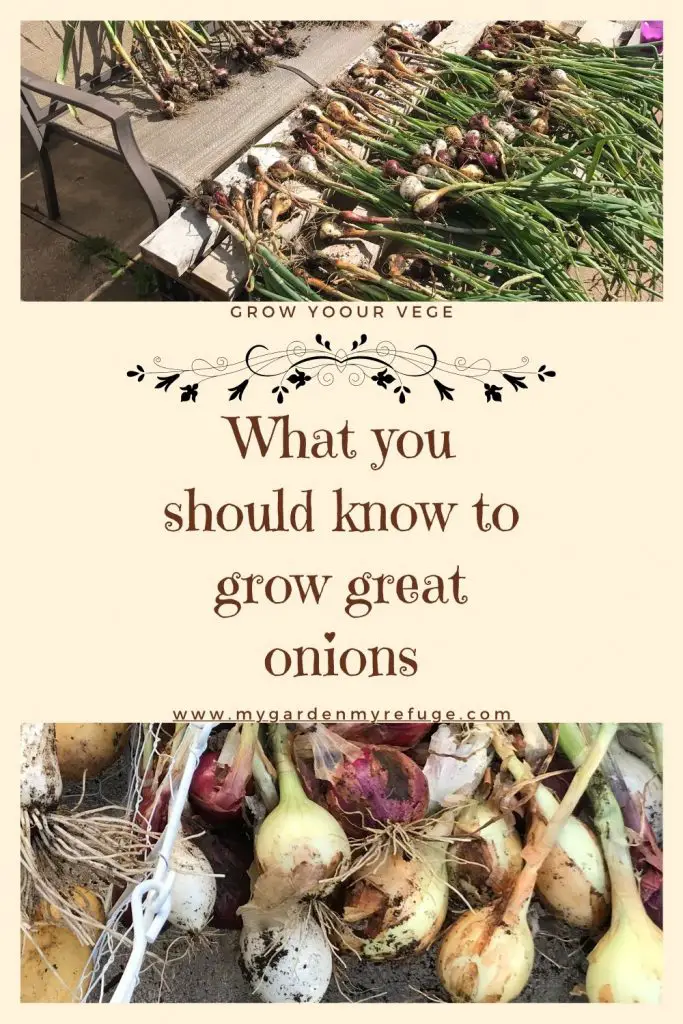
2- Growing onions from sets, starts, or seeds.
a- Growing onions from sets
Onion sets are small onions sold in the big buck stores in bags. They are onions that failed to mature in the previous growing season so are given a second chance. Some gardeners like to pre-sprout them in flat early fall to plant them later. While this is a common practice and rather a successful one in Great Britain, it does not seem to be the case in the US.
Onions are biennial plants, which means they produce seeds in their second year of growth. Thus, planting sets will most likely result in producing flowers rather than bulbs.
b- Growing onions from starts
Starts are onions grown from seeds in nurseries early in the season. They start showing up in local nurseries around November through January. They also are available in bucks stores in mid-winter. This is the most reliable method to grow onions for home gardeners.
c- Growing onions from seeds
Seeds provide more choices to grow different varieties. Unfortunately, it is a long process and requires a lot of patience.
Start seeds early in the summer, and maintain the seedlings through December. They should have the thickness of a pencil for planting out.

3- Growing the right onion variety
It is important to know that there are two categories of onions, based on the hours of daylight needed to form a bulb. Growing the wrong category of onions for your area will decrease yield and or even fail.
Short-day onions: They need a small number of daylight hours. This is the category that grows best in central Texas. They are noticeably sweet and juicy, but they are not good for long-term storage. Some well-known varieties are 1015, Texas Supersweet, Texas Legend, Yellow Granex.
Some nurseries offer a short-day sampler, which contains white, yellow, and red onions.
Long day onions: This variety needs at least 12 hours of sun exposure, which makes suited for the North. They tend to be less sweet than the short-day onions, but they do store well. Some known varieties are Blush, Copra, Highlander, Walla Walla, and many more.
4- Prepare the soil
Onions grow in various soil conditions, except hard clay. Amend soil with well-rotted manure or compost to improve its drainage and texture.
5- Give it plenty of sunlight
Onions need at least five hours of direct sun for good steady growth. Planting them in a shadier spot will stall their growth, and they may never reach their full size.
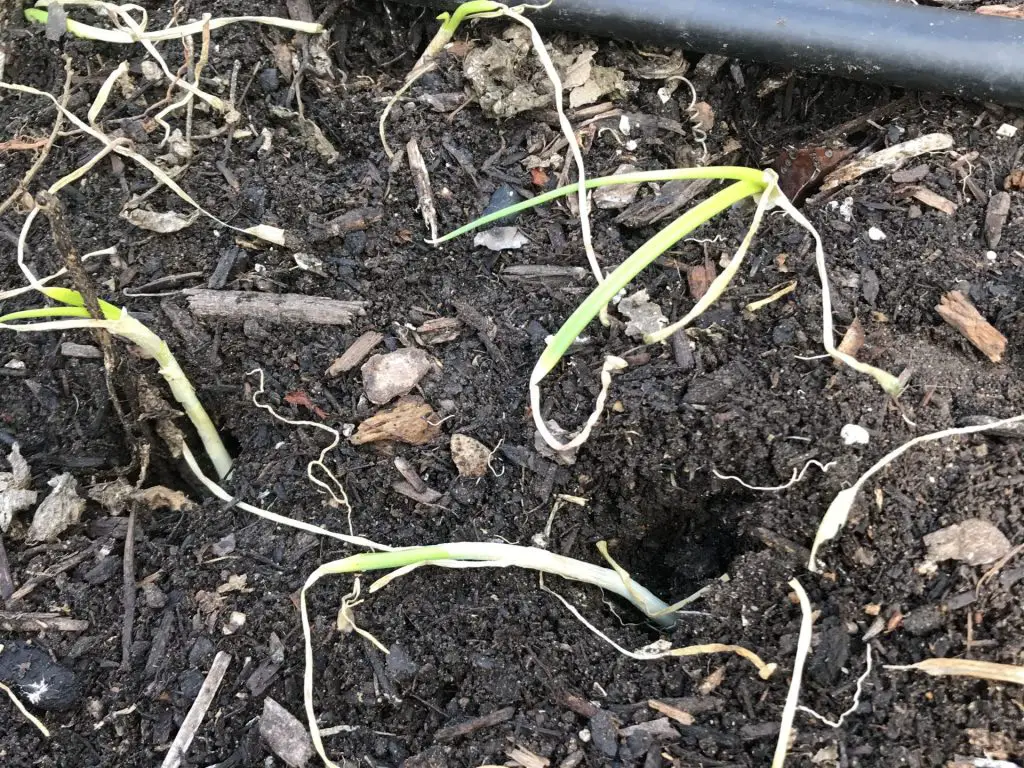
6- Don’t plant onions too deep
Plant your onions sets or starts no more than an inch and a half deep. Planting them too deep may cause them to rot or form smaller bulbs.
7- Spacing
The Square foot spacing chart by Mel Bartholomew is a great reference for small gardens. Mel suggests planting nine onions per square foot. But actually, that depends on what size onions you are wanting to grow. If the goal is to grow medium size onions, then four inches (10cm) apart spacing will do. For a bigger size, such as Walla Walla, eight to ten inches (20cm) would be a better choice.
Mr. Hollis from Hollis and Nancy Homestead inspired us to make his nifty contraption for easy spacing.
.
8- Fertilize
Onions thrive in nitrogen-rich soil. Amending the soil with compost will provide the initial boost. Throughout the growing season, side dress with a slow-release fertilizer every six weeks. There is also the option of drenching the plant with a liquid fertilizer every other week.
9- Weeding
Onions have long thin leaves, so they do not shade the soil, creating an ideal environment for weeds to grow. It is important to keep up with the weeding to reduce competition for nutrients. They can easily overwhelm the onions and suppress their growth.
Regular weeding also reduces the chances for more seeds to be deposited in the soil. Using a hand-held hoe or handpicking at the early stages of growth is very efficient.
10- Water
Keeping a regular watering schedule is crucial for onions. Too much water will cause them to rot or develop the fungal disease. Too little water will stress the plant and trigger bolting, which will result in a smaller bulb.
More useful information for growing onions in Central Texas
How long does it take to harvest onions?
It takes about nine months for onions to be ready for harvest. It takes even longer if you are starting from seed.
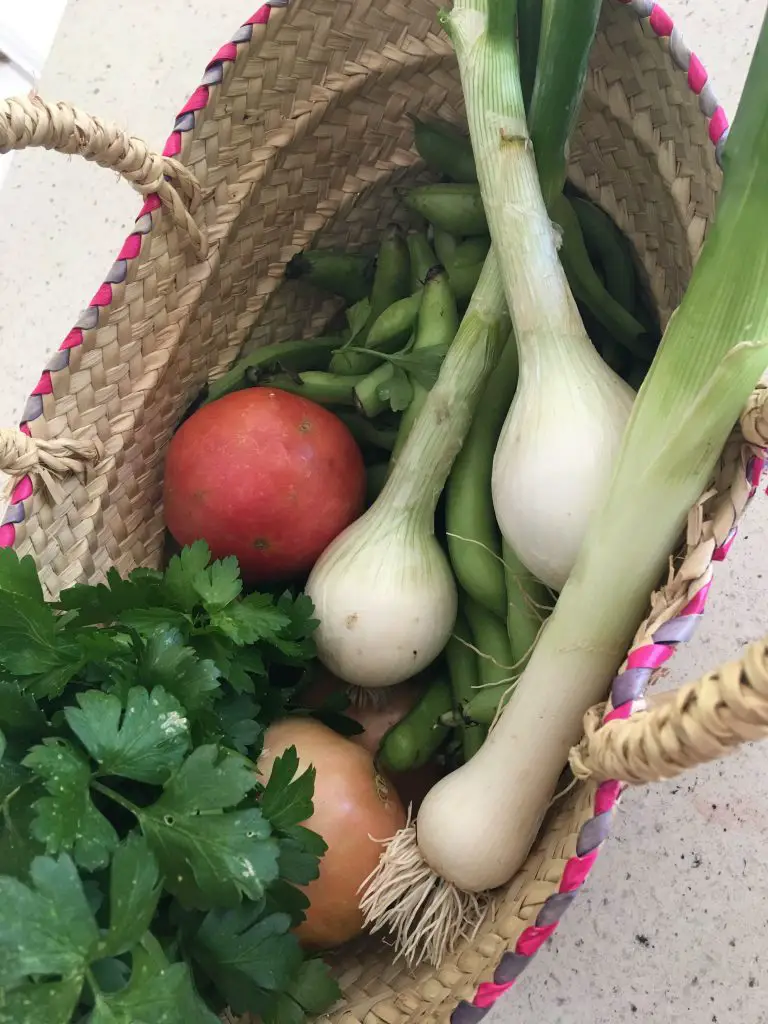
How to know onions are ready for harvest?
When the green tops of the onions start turning yellow and toppling over, it is time to check the size of the bulb. Some gardeners like to leave them a week or two more in the ground for more time to size up.
Central Texas spring rainstorms can destroy onion crops. If the forecast is calling for long days of rain, you may want to cover your onion or pull them up. Excessive water may cause them to rot in the ground.
How to harvest onions?
Using a garden fork is the best way to harvest onions. Push it into the ground close to the bulb, then lean on the handle to lift the bulb.
How to store onions?
Curing is the process of drying the outer skin of a crop for longer-term storage.
To cure onions, spread them into one layer on a rack. Then place them in a sunny area for a week or until the outer skin turn into a peel.
Once cured, you may braid your onions or just lay them loosely in a crate with good air circulation.
Can I cut back the green tops?
During the growing season, the green tops get fuller and heavier, which may hinder the forming of the bulb. So, harvest them and use them as you would spring onions.
Storing the green onion tops
You may want to preserve the green tops by drying them after chopping or freezing them in air-tight bags. I do prefer freezing since they keep their flavor better that way.
Does re-growing onions works?
Regrowing is the process of replanting the root base of a used plant to grow a new one.
As an example, instead of throwing the root base of green onion, replant it in the ground. With regular watering, new growth will poke through the soil within a week. That’s a new green onion plant.
Many think they could use this method to grow carrots, lettuce, and regular onions. Unfortunately, it won’t work. There will be new growth but not a fully grown item.
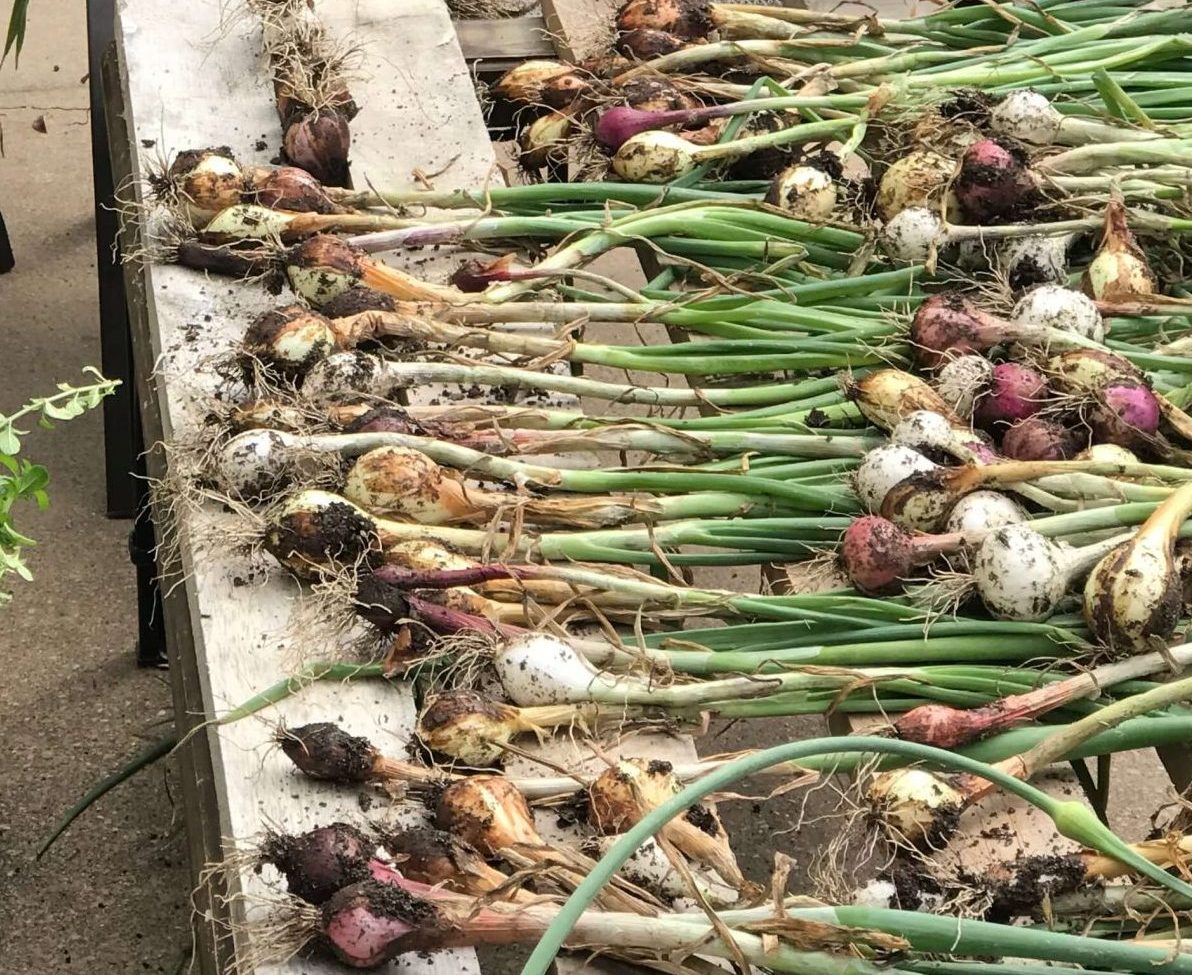
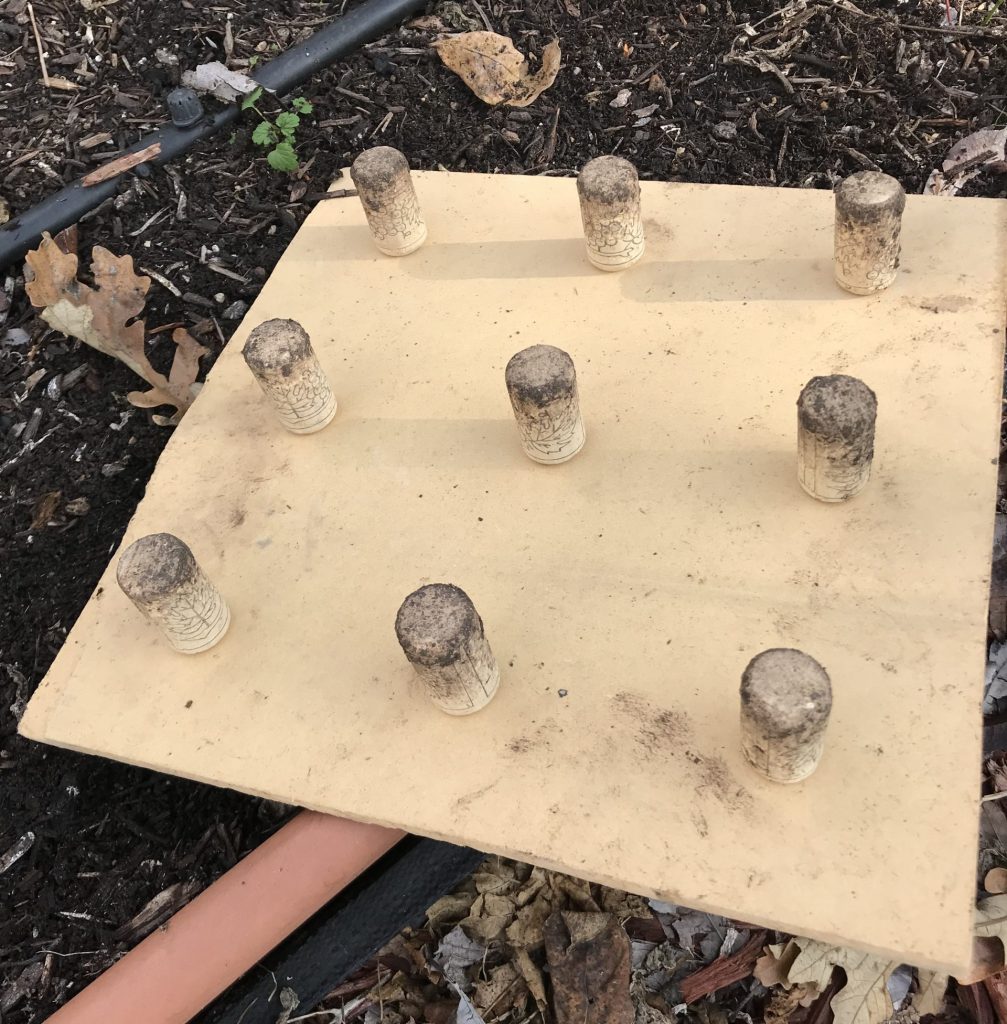

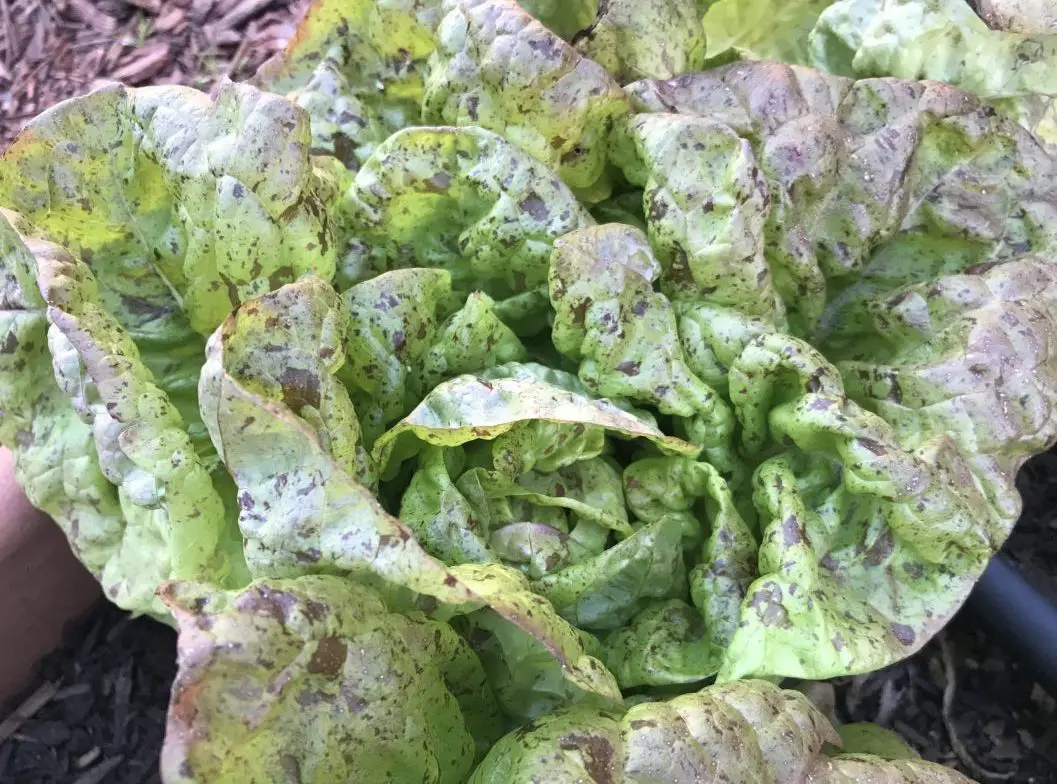

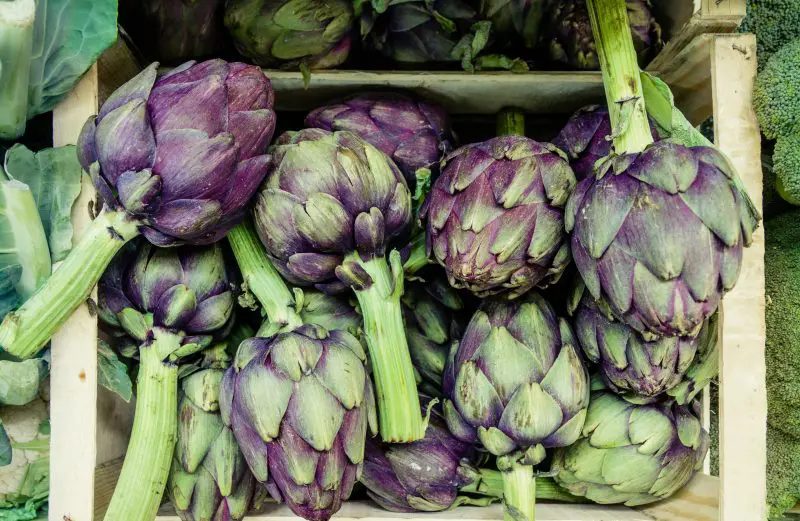
I purchased some Evergreen White Nebuka onion seeds. Do You think they will be able to grow in Zone 8b during the summer? I live in Bryan, Texas.
I
Hi Lyell, I have never grown this particular variety, but it looks like they are similar to bunching onions. I think they will make here in 8b.
Green onions are much easier to grow than bulb onions.
Good luck and thank you for passing by.
Thank You so much for all the information!
You are very welcome.